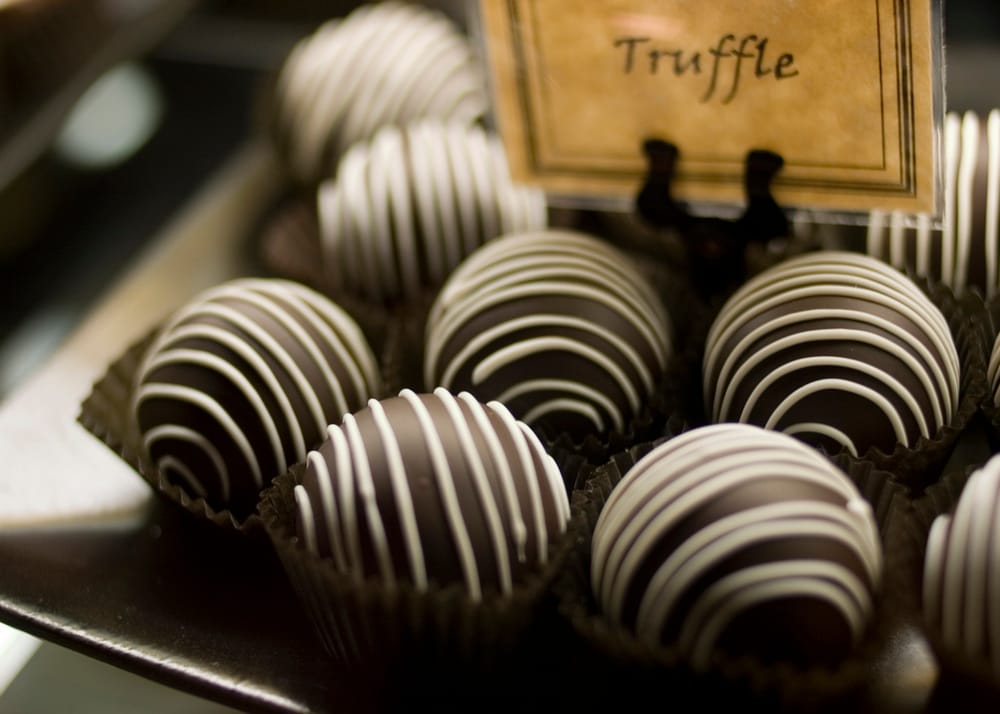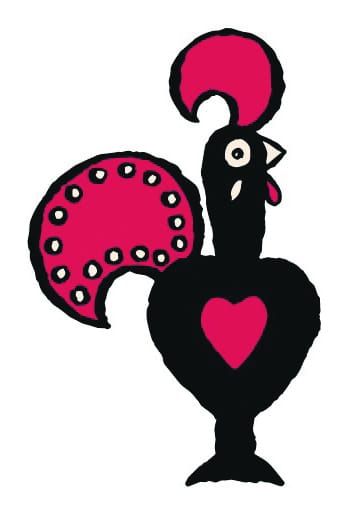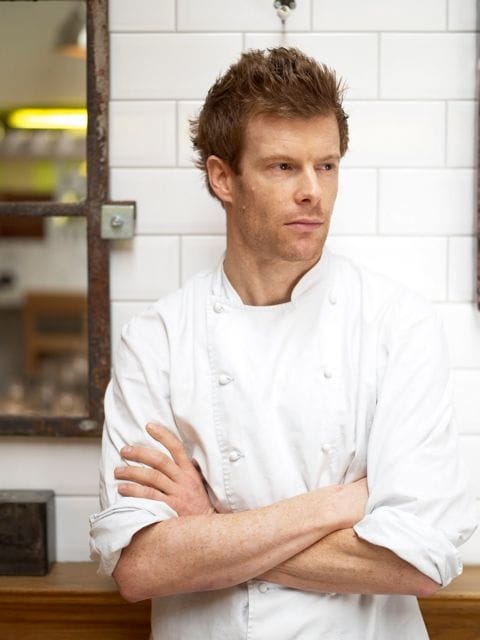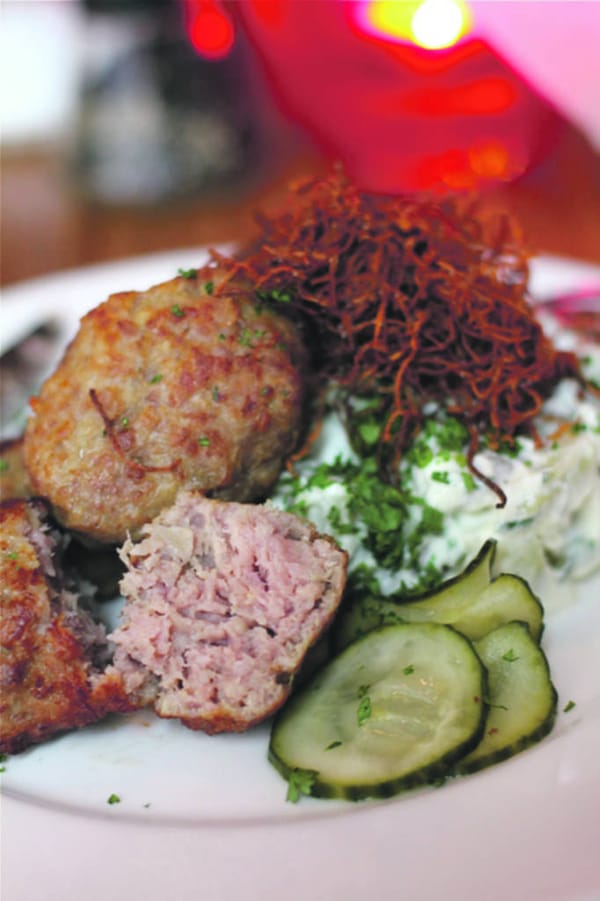What’s the fuss with truffles?
Sam Furse explores the delights of this special treat

Truffles have always sounded slightly removed from anything I eat on a regular basis. Not because they were impossible to get hold of, just something I was unlikely to stumble across. And if, like me and Daniel Barenboim, you are more immediately interested in the impossible rather than the very difficult or the unlikely, perhaps they are not something you have yet considered much either. Ever the scientist though, my interest to learn more was primed from conflicting information I had heard about them. The truffle is a name applied to both chocolate and also that fungus that is grated or thinly sliced onto (savoury) starters and soups. Manifestly they were not the same and so I took my sweet tooth, grabbed the chocolate bull by the horns and set about trying to find out more.
Like most people I have had truffles in chocolate selection boxes, especially as those which include truffles start more or less a cut above the cheapest ones. I found these a disappointment I’d rather avoid now: poor-quality chocolate with a chalky texture and too many nuts. I do like the milk chocolate concoctions more than most of the others, but if it’s too milky or greasy I can’t say I would consider it for anything other than a source of fuel.
Next, rather than look up what it was or should be, by chance I came across some much better ones, namely the Pink Marc du Champagne truffles from Charbonnel et Walker. These are quite exquisite, if you can get past the frankly unnecessarily pink presentation. I think that they are sufficiently well put-together that one alone is just right. I should say how these are constructed. They use white chocolate, and so do not contain any pure cocoa, only cocoa butter in them. The filling is Marc du champagne which is an impossible-sounding thing really; Marc is a drink made from the fermentation of grape skins alone, after they have been removed from the wine, or in this case champagne, making process.
Typically, this is done to supplement income when a bad year drives down the yield of grapes. The same thing happens in Italy but there it is known as Grappa, and is perhaps more familiar than Marc, though both are very bitter. Pink Marc is perhaps unusual as it requires a mixture of both white and red grape skins to make it. Either way, the bitterness seems at odds with the white chocolate, but in this case it works well as it ensures the sweetness and decadence of the butter are reined in and so the flavours balance well and are deeper. The trouble is that a box costs £10 in the Gloucester Road Waitrose and there are only about nine in each box. Personally, however, I consider it well worth it. Pralines are often mixed up with truffles, and quite frankly they’re fairly similar. If your experience is like mine, they will also have been disappointing if not very similar to the cheaper truffles noted above.
They are supposedly a type of truffle which does contain nuts; made from either almonds or hazelnuts. Normal truffles are made with chocolate mixed with cream or butter and flavoured, typically with a spirit. This is similar to the ganache used to decorate pâtisserie in which chocolate is melted at body temperature before the cream and/or butter is mixed with it. I must say that mixing chocolate and cream and adding a flavouring sounds rather achievable. Time to experiment myself I think...
I’m not allergic to nuts or anything but I’m not a massive fan either. However, a recent present of chocolates and champagne showed me that truffles or pralines can be done well with nuts. And more to the point, milk chocolate. Truffles are an indulgence that I shall be thinking twice about now, whether it be buying them for myself or others. Like all things, especially luxury items, spending a bit more and going for the packet with the gold embossing ensures a very satisfactory experience for all.










